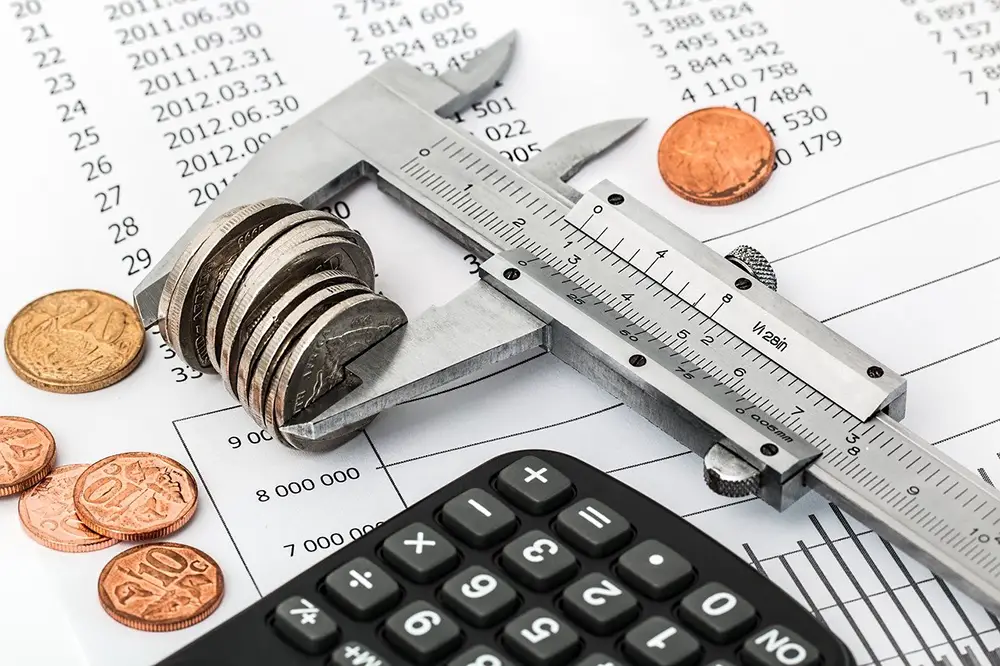One of the most frustrating aspects of debt is, well, staying on top of it. Borrowers with multiple accounts can owe different amounts to different creditors on different days each month. Trying to stay current can quickly become complicated. There’s also the matter of interest, which typically continues to accumulate on accounts for as long as they have balances. This potentially makes repaying debts a very expensive endeavor.
Using a debt consolidation loan to pay down all your other outstanding debts means you’ll be able to focus on making that single, fixed payment each month. Ideally, you’ll also be able to reduce your interest charges by qualifying for a lower-interest rate loan.
However, you can only reap the rewards of this strategy if you’re consistent in repaying said debt consolidation loan.

Here are some strategies to keep in mind to that end.
Create an Up-to-Date Budget
The consequences of missing loan payments can range from severely damaged credit history to repossession of assets in the case of secured loans. The most fundamental way to avoid any nasty surprises is to update your budget to closely reflect your current income and expenditures — including a line item for how much you owe per month on the loan.
The generally accepted budgeting rule of thumb dictates we spend about half of our funds on essential “needs” — including required debt payments. A further 20 percent should go toward savings, with some extra flexibility to pay off debts more aggressively if needed. Finally, no more than 30 percent of your available funds should go toward “wants.”
Adding a line item for your new loan falls under essential needs but be aware you may have to free up some money from elsewhere in your budget to ensure you’re able to keep up with this payment and still have money to build your emergency cushion.
Avoid Taking on New Debts
The downfall of many well-intentioned borrowers has been accumulating new debts after consolidating — leaving them with a loan payment and new credit card charges to pay down simultaneously. A debt consolidation loan affects credit cards by wiping out the balances, which then may make it feel more acceptable to start making purchases on these freshly zeroed-out accounts again. In reality, though, you are taking on new debt to clear out old debt; the last thing you want to end up with is old debt and new debt on your plate at the same time.
A major part of consolidation is understanding and changing your spending habits, especially when it comes to using credit cards. Debt consolidation repayment can take years to complete, so you’ll need a spending plan capable of keeping your expenses low for the duration of the loan term. Something as simple as identifying your spending triggers — like impulse shopping online — can help you avoid building up new debts.
Know If There’s a Prepayment Penalty
You might realize you’re capable of paying off your loan early if you budget effectively. Before you do so, check to see if you’ll face a prepayment penalty. You may be able to negotiate this payment with the lender, but get it done before you speed up repayment. Otherwise, you could inadvertently cost yourself more money trying to be diligent in clearing out your debt.
Accessing the advantages of debt consolidation loans depends on repaying them successfully, in part by shoring up your spending habits to avoid new debts. Budgeting effectively and knowing what the terms of your loan dictate in terms of payment schedule are key factors as well.

